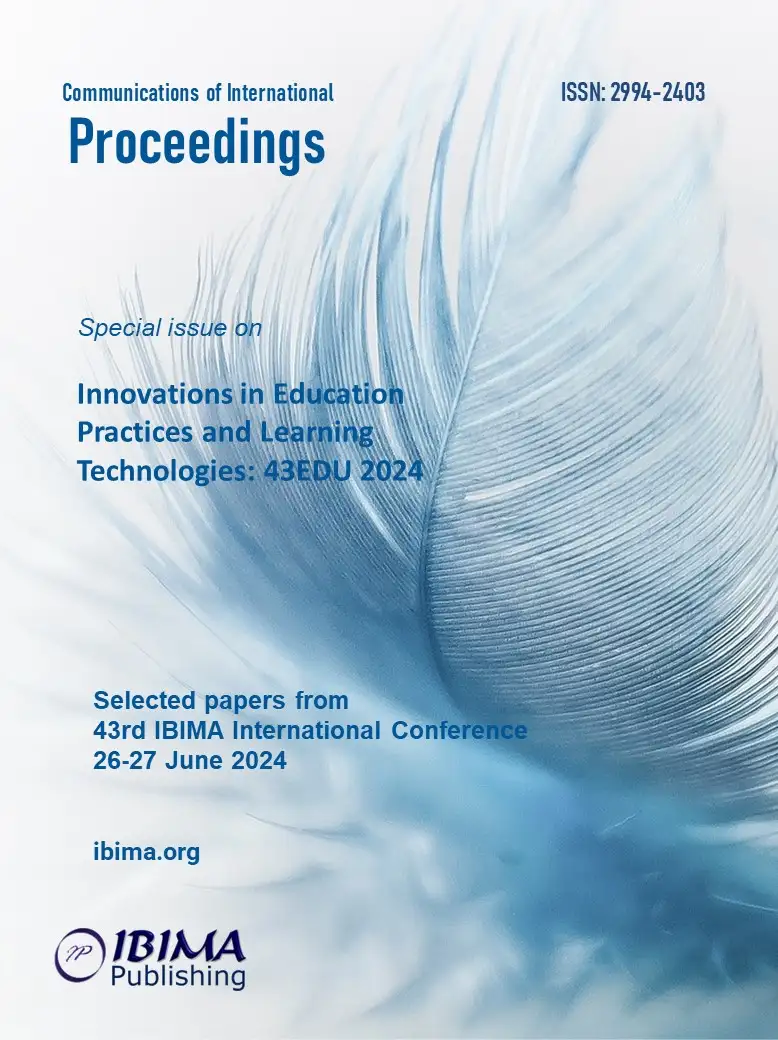
1Naoual CHAOUNI BENABDELLAH, 2Karima MOUMANE, 3Ilham RHAROUBI and 4Imane ZERGOUT
1,2Software Project Management Research Team, ENSIAS, Mohammed V University, Rabat, Morocco
3Laboratoire des Études et Recherches en Sciences Économiques et de Management (LERSEM), FSJES CUAM, Université Ibn Zohr, Agadir, Morocco
4Hassan II University of Casablanca – ENSEM – Laboratoire de recherche en ingénierie- Equipe de recherche sur la formation en sciences de l’ingénieur,

Nowadays innovation and creativity are two important skills to improve in Education from a young age till higher education. The goal to acheive is successful education is to foster critical thinking and innovation for novel ideas and production and originality. Thanks to these two skills learners can handle and overcome all difficulties in their personal-social-professional inclusion. Different educational methods have shown their efficiency in higher education. Some pedagogies are better to be adopted or equally have been experienced in presence. In particular, Jazz education is one of the methods inspired by Jazz music where the musicians are creative when playing their instruments. It is this adaptation that was applied in Education. The facilitator and students play the role of musicians and the music is the creativity or the output at the end of the session. In this paper, a new pedagogical process is proposed using Jazz education. The purpose is to approach learners to enhance their innovation skills equally to improve their creativity. Learners in this model have the role as the role of the tutor or the teacher of proposing examples that may exist or not and that respond to elements in the course definition that need to be respected. This is not to discard the effective and valuable guidance of the teacher who needs to understand and concentrate on each track of the novel proposition of the participating learner. He also needs to match it with a real use of it. So the idea gets its value and brings the feeling of leadership and impact. This increases the motivation and engagement in the course’s progress. This process is a creativity to solve an addressed problem that may be involved in a classroom.